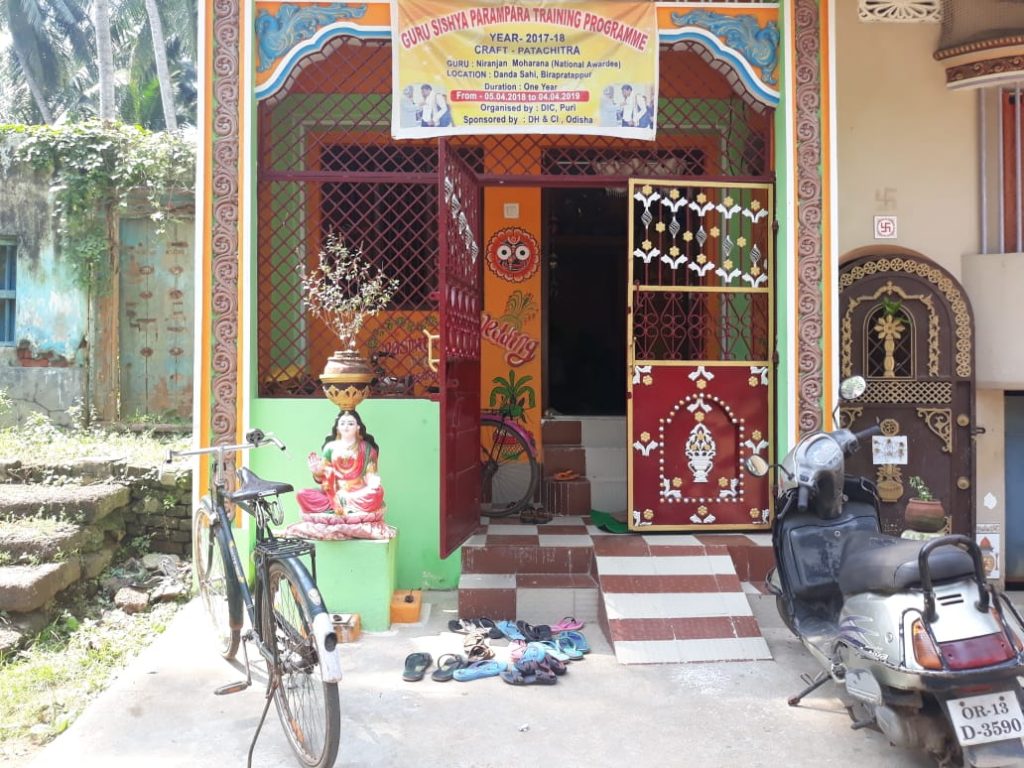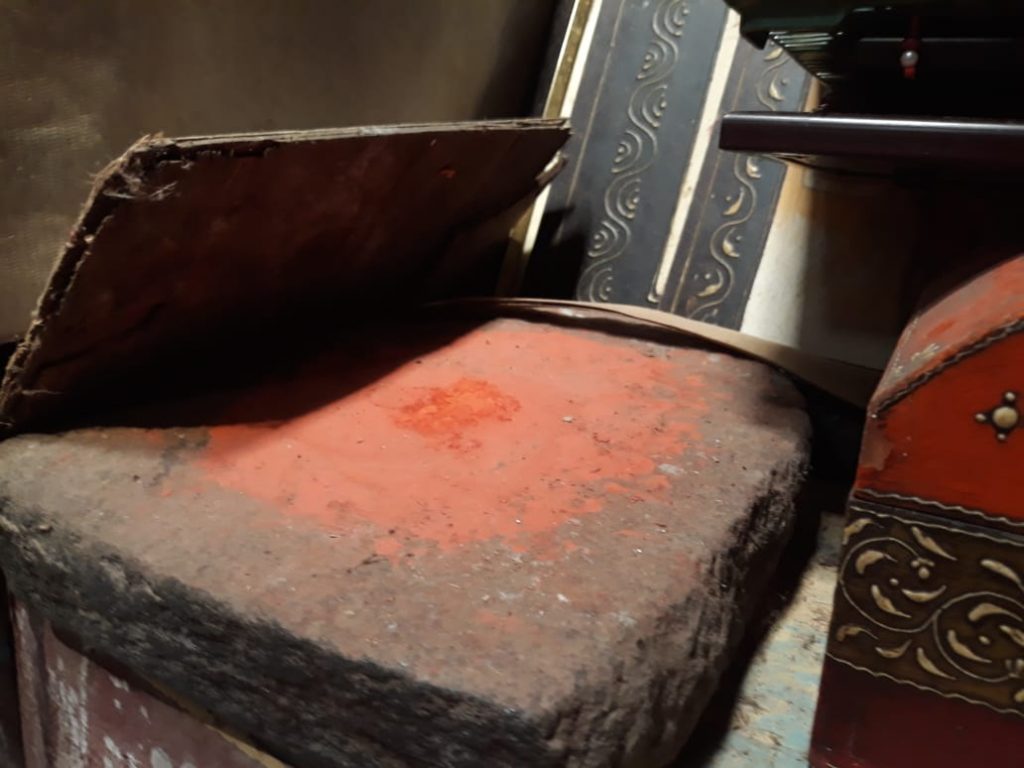Bhubaneswar: Pattachitra, the most popular art form of Odisha that revolves around the life of Lord Krishna, can never be complete without a balance and coordinated effort of both the genders, said national award-winning artist Bibhu Maharana, who lives in Odisha’s crafts village, Danda Sahi.
It is not simply a work of leisure for the dwellers of Danda Sahi village but an emotional connect to the lord.
About two thousand year old, the public celebration of Pattachitra began in this village, Bibhu said. “Without women, it would have never been possible. Most of us men are engaged in sketching the designs, while the most important work, preparing the ‘patta’ or the canvas is done by women,” he said.
Amid all the differences and constant tussle as to who is better, this village sets a subtle example of how both the genders can bring out something extremely extraordinary when in sync.

“Without women, what are we? There is nothing we can achieve. They are the source of power, everywhere and this is theme on which I will prepare my next painting. People should definitely understand that they are two wheels of a two-wheeler. Neither is big or small, less or more important,” Maharana said.
This art form started when Rath Yatra began in Odisha, more than two thousand years ago. Initially, it was exclusive to Lord Jagannath and his consort. “It was during my grandfather’s generation that it started to pick up among the local communities and ours is the village where it started,” he said.
Helena Gelly, a woman from London who visited the village 20 years ago played a huge role in spreading the word about their art form, said Maharana.

The first of this kind was “bujo patra” painting, which Maharana says, was a painting on the skin beneath the bark of a “bujo” tree. “Then came the palm leaf etching because “bujo” was weak and would break easily. Palm leaf etching technically involves carving out the drawing on a palm leaf or ‘tala gacha’ and filling in colour,” Maharana added. Manuscripts on palm leaf are still stored safely in the Odisha state museum.
The village houses about 15 families, the last few generations of which have been painting. “My father, Ananta Maharana, was the first in India to receive the Shilpa Guru Upadhi for his timeless and incredible paintings,” he said.
The children start learning the art when they are about eight to 10 years old. “My father trained me and so did my mother,” he said.
What gives Pattachitra an edge over other art forms is the use of natural colours and the ancient method of preparation. “We get the white colour from the conch shell, red colour from Hingula stone and yellow from Harikala stone,” he added.
Preparing the colours takes about a month, while the canvas takes about a week. Explaining the process, Maharana said it begins with mashed palm leaves and cotton cloth. Once they are dried up, a layer of tamarind, turmeric (not always) and white chalk is used to harden the canvas. The conch shell gives it the white shade, making the drawing process easier,” Maharana further said.



